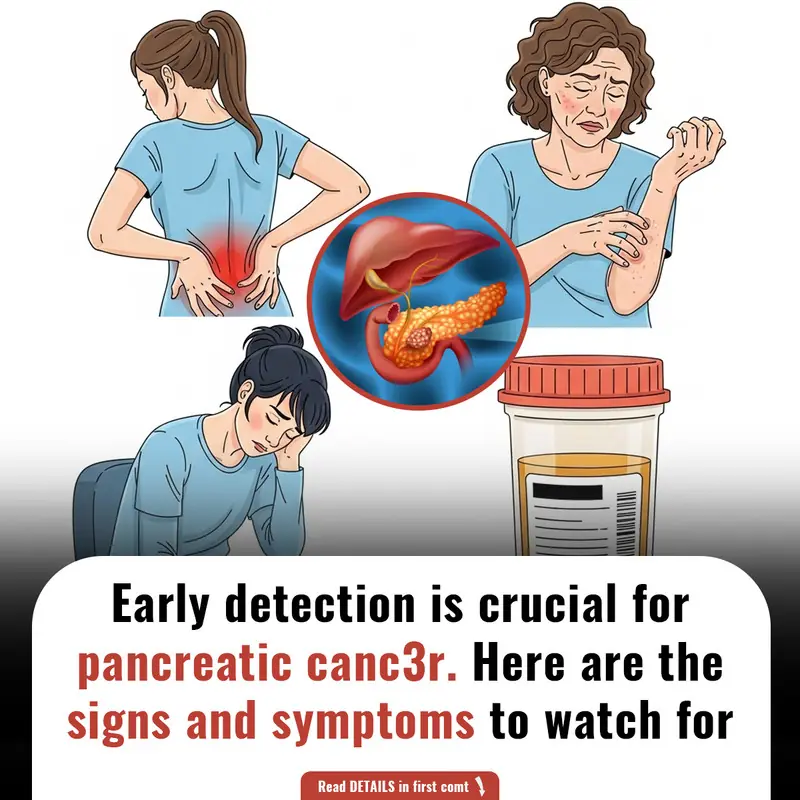
Larger Particles Could Revolutionize C@ncer Treatment: A New Breakthrough in Immunotherapy
Cancer treatment is one of the most active fields in medical research, and a new breakthrough from Johns Hopkins University could change the way cancer immunotherapy works. Researchers have found that larger nanoparticles—specifically 400 nanometers in size—may be more effective in targeting the immune cells that fight cancer, a surprising discovery that challenges the long-standing belief that smaller is better when it comes to drug delivery systems.
This innovative approach has the potential to revolutionize how mRNA-based therapies are delivered to fight cancer. Let’s dive into this exciting discovery and understand how larger particles might be the key to more effective and precise cancer treatments.
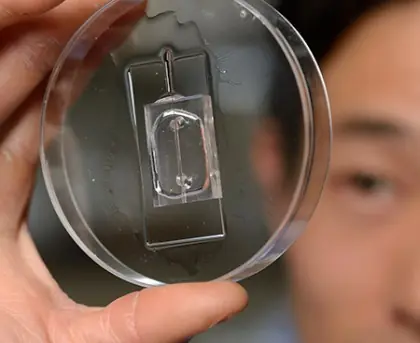
Why Larger Particles Work Better for Cancer Immunotherapy
For years, the biomedical community adhered to the idea that smaller nanoparticles (less than 200 nanometers) were optimal for delivering therapeutic treatments. These tiny particles were believed to be less likely to be captured by phagocytic cells, which engulf and destroy foreign bodies. However, recent research led by Hai-Quan Mao, a professor at the Whiting School of Engineering and director of the Institute for NanoBioTechnology (INBT), turns this conventional wisdom on its head.
According to Mao and his team, larger particles, specifically 400 nanometers in size, are actually more effective in reaching the monocytes, the immune cells responsible for attacking and eliminating abnormal cells, including cancer cells. These larger particles avoid being captured by other cells, which can reduce the effectiveness of the treatment.
The study, published in Proceedings of the National Academy of Sciences, highlights how mRNA particles, when designed to be slightly larger than traditional nanoparticles, can be efficiently picked up by circulating monocytes. This development could open new pathways for using mRNA as a cancer treatment, enabling the body to utilize its immune system to fight cancer more effectively.
The Science Behind the Larger Particles
To create these larger particles, the team at Johns Hopkins, led by Yizong Hu, a former postdoctoral fellow in Mao’s lab, used a method that involved assembling smaller mRNA nanoparticles into larger clusters. By manipulating the electrical charge of the particles’ surface, they were able to control how the nanoparticles bonded together. This innovation ensured the particles remained stable and effective after being delivered inside the body.
This research is a major shift in the field of drug delivery. Previously, smaller particles (100–200 nanometers) were commonly used to avoid capture by phagocytic cells. However, monocytes are naturally inclined to "eat" larger particles, a process known as size-dependent phagocytosis. The research suggests that the 200–1,000 nanometer range might be more ideal for effectively targeting these cells.
Potential Applications Beyond Cancer
While the main focus of the study is on cancer treatment, this discovery could have broader applications. The ability to deliver mRNA-based drugs specifically to monocytes could be beneficial for not only cancer therapy but also for any treatments that involve programming immune responses. By targeting the immune system with these larger particles, the technology could also be useful in vaccine development or in treating autoimmune diseases and infections.
The Path Forward: What’s Next for This Research?
This new approach to cancer treatment is still in its early stages, but the potential is significant. According to Stephany Y. Tzeng, an assistant research professor in biomedical engineering, and Jordan J. Green, a professor of biomedical engineering, the next steps involve refining the method and testing it further for other applications.
By demonstrating that larger particles can target immune cells more effectively, the researchers have set the groundwork for a new generation of cancer therapies that could be less invasive and more tailored to individual patients' needs. As the field of cancer immunotherapy evolves, it’s clear that larger nanoparticles could play a crucial role in transforming how we approach cancer treatment.
Conclusion: A New Era in Cancer Treatment
The discovery that larger nanoparticles could be more effective in targeting the immune cells responsible for fighting cancer is a groundbreaking step in the field of cancer immunotherapy. By leveraging the body’s immune system to fight cancer, researchers at Johns Hopkins University are paving the way for more precise and effective treatments.
While this research is still in its early stages, it offers promising possibilities for improving cancer treatment options in the future. With continued innovation and testing, this discovery could lead to more successful treatments, potentially saving countless lives and changing the landscape of cancer care.
Credit
This article is based on research from Johns Hopkins University and published in Proceedings of the National Academy of Sciences. Insights were provided by Hai-Quan Mao, Yizong Hu, Stephany Y. Tzeng, and Jordan J. Green, with contributions from the Institute for NanoBioTechnology and the Whiting School of Engineering.
For more information on innovative cancer treatments and breakthroughs, visit Johns Hopkins University or consult other trusted scientific sources.
News in the same category


36-Year-Old Teacher Passed Away From Diabetes Doctors Say Was Triggered By Everyday Foods
Diabetes is a dangerous condition with numerous complications, and diet is a key factor.

Experts issue urgent warning about terrifying hidden symptom from taking Mounjaro and Ozempic
Experts have issued an urgent warning about a symptom that can come to light from taking drugs such as Mounjaro and Ozempic.

The Benefits of Epsom Salt Foot Soak: A Natural Remedy for Foot Pain and Health
Discover the health benefits of Epsom salt foot soaks, including pain relief, exfoliation, fungal infection treatment, and more. Learn how to safely use Epsom salt for foot health.

What Causes Blue Veins? Understanding the Reasons and When to Seek Help
Blue or green veins are common, but when should you worry? Learn the possible causes of visible veins, from genetics to lifestyle factors, and when it may indicate a medical condition.

7 Early Warning Signs of Diabetes You Shouldn’t Ignore: Act Now for Better Health
Learn about 7 early warning signs of diabetes that could be easily overlooked. Early detection can help manage diabetes, prevent complications, and improve quality of life. Read on for expert insights.

Genetic Link Between Endometriosis and Autoimmune Diseases Revealed in New Study
A new study has identified a shared genetic link between endometriosis and autoimmune conditions. Women with endometriosis are at a higher risk for diseases like rheumatoid arthritis, multiple sclerosis, and psoriasis.

People Warned to See a Doctor After Sharing Photo of Concerning Dark Line on Finger
A Reddit user received warnings to see a doctor immediately after posting an image of a dark line on their finger. Learn about melanonychia and why nail discoloration can be a serious health concern.
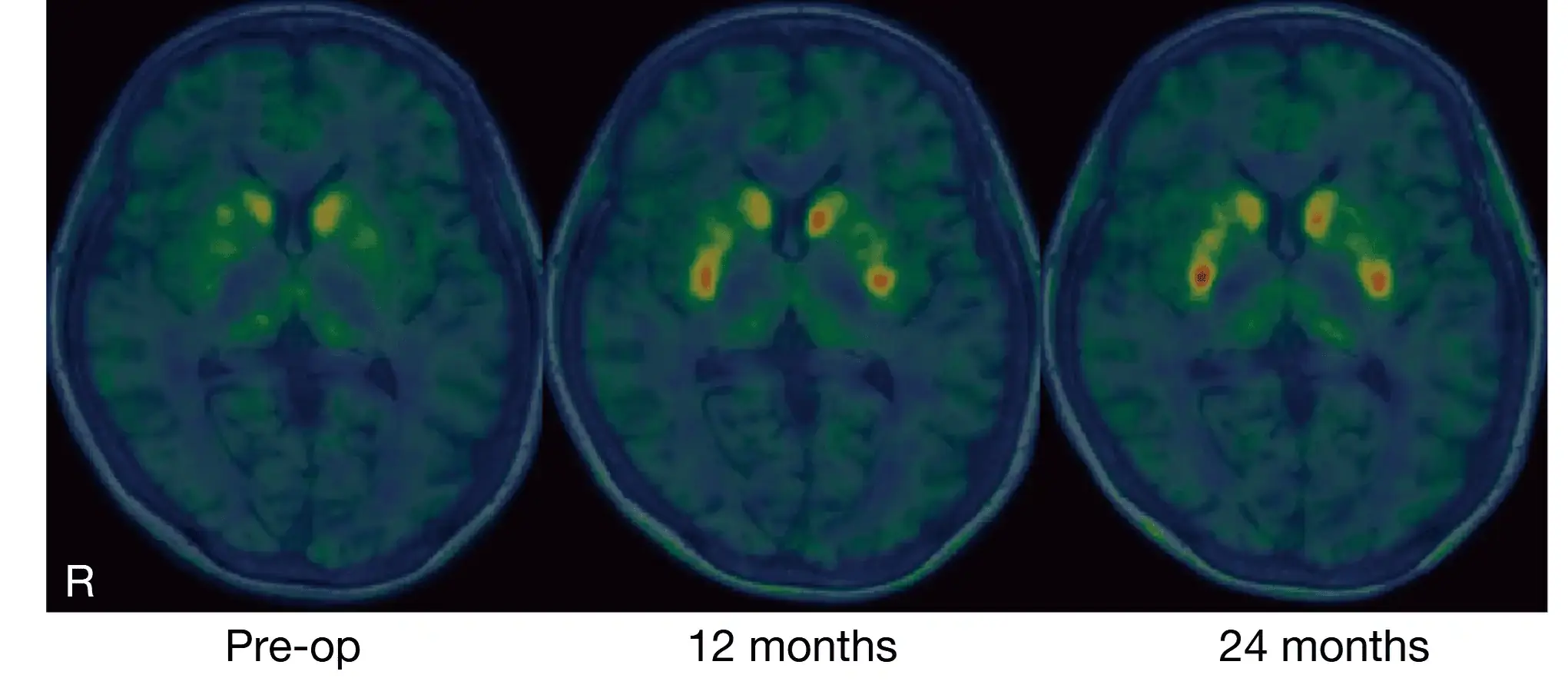
Breakthrough in Parkinson’s Treatment: Japanese Scientists Successfully Implant Lab-Grown Brain Cells
Japanese researchers have made a groundbreaking discovery in Parkinson’s treatment using lab-grown brain cells. Early results from the clinical trial show promising improvements in movement and dopamine production.

4 Simple Steps to Cool Your Home Faster and Save on Electricity Before Turning on the Air Conditioner
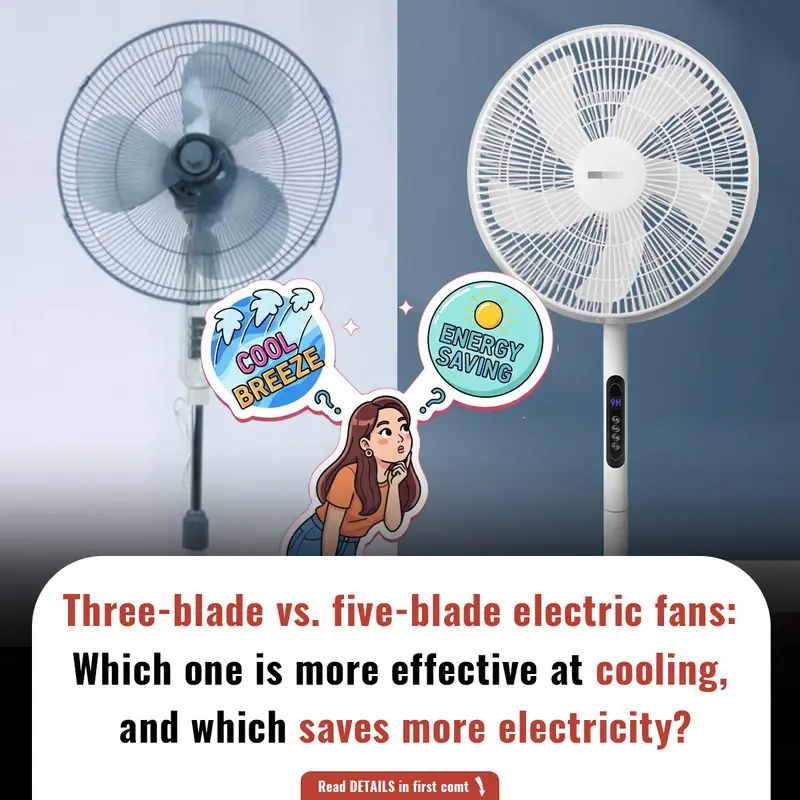
3-Blade vs. 5-Blade Fans: Which Cools Better? The Truth Behind Common Misconceptions

The Alarming Rise of Bowel C@ncer in Young Adults: Is Your Diet to Blame

United Airlines Passenger Punches Gate Agent, Kn0cking Them Out

Should You Close or Leave the Toilet Lid Open After Use? 90% of People Get It Wrong — Here's Why Your Bathroom Always Smells
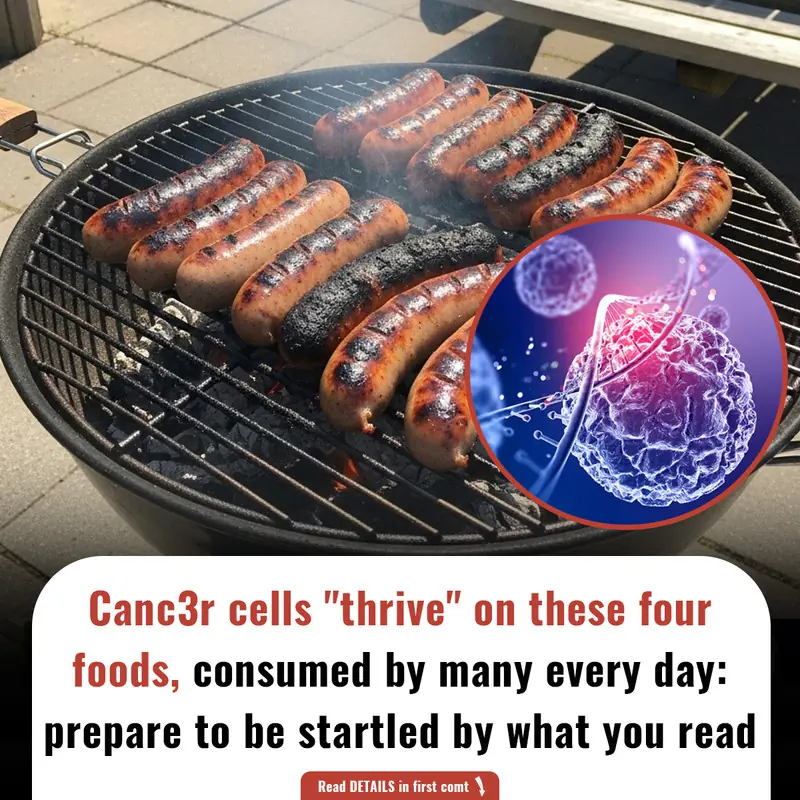
4 Everyday Foods That Fuel C@ncer Cells
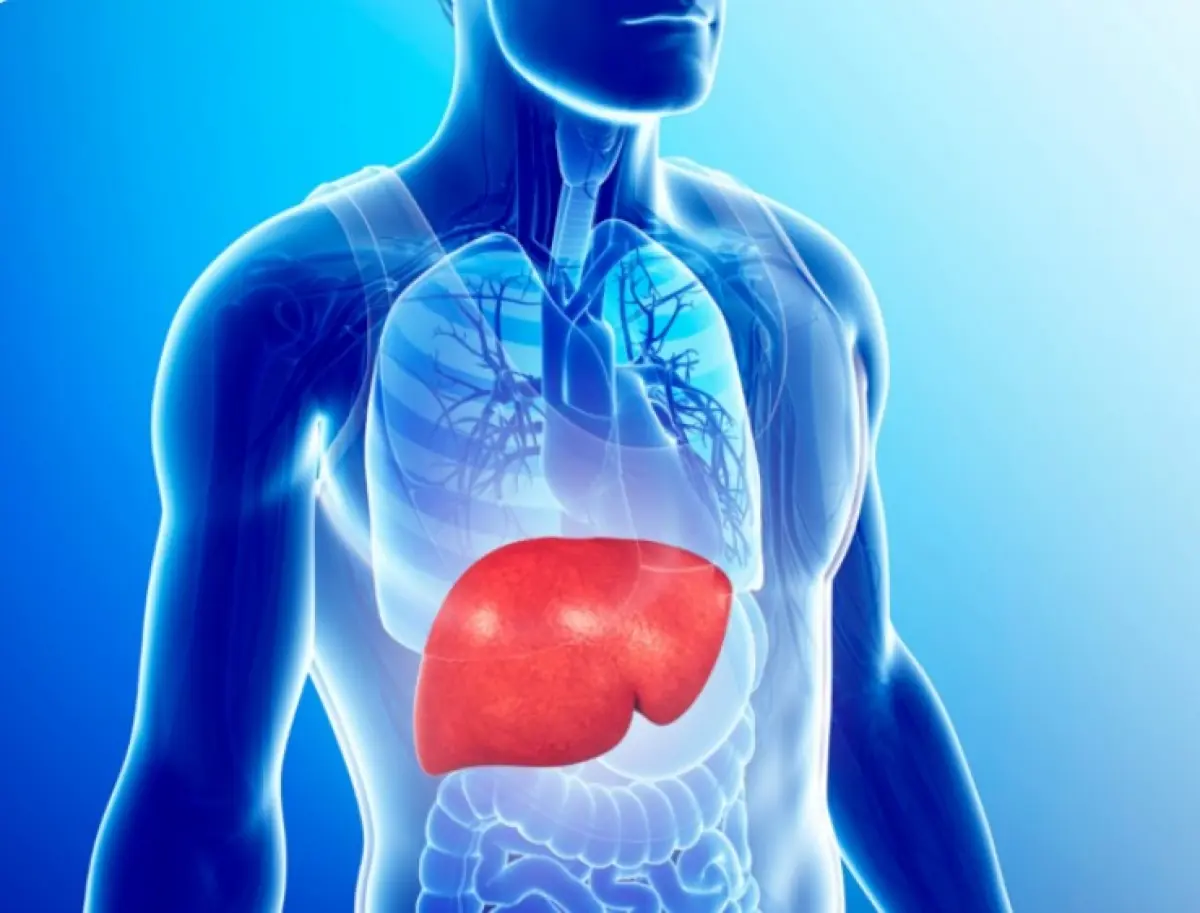
Fatty Liver Disease: A Silent Pathway to Liver C@ncer

The Hidden Purpose of the Pocket in Women's Underwear: More Than Just a Design Feature
In actuality, the "pocket" in women's underwear is actually a gusset, which serves a number very valid purposes.

This quick 'cup of tea' test could be a simple way to spot early signs of dementia in a loved one

A doctor has revealed a simple thumb test that can uncover a "ticking time b0mb" heart condition
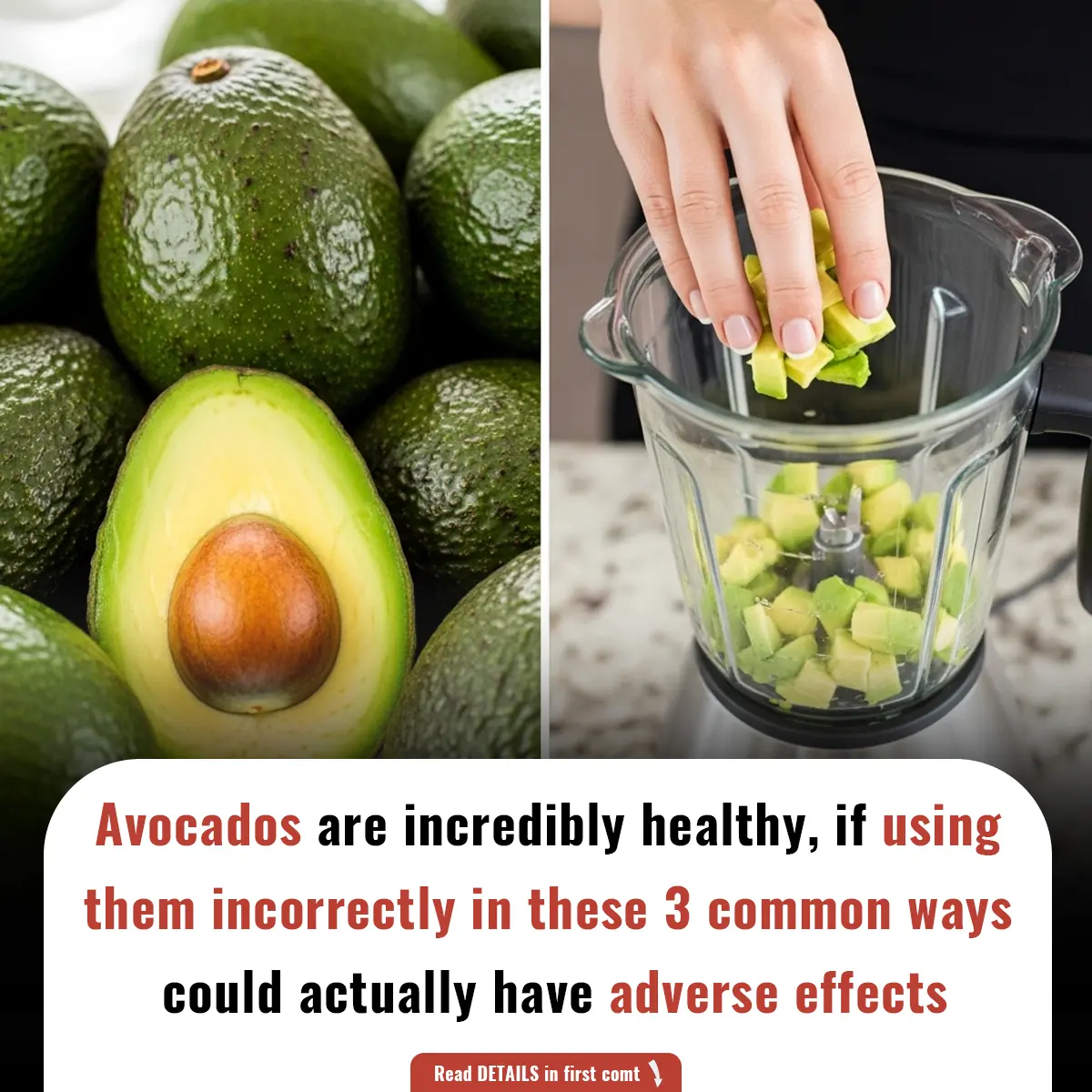
Avocados are incredibly healthy, if using them incorrectly in these 3 common ways could actually have adverse effects
News Post

The Woman Who Walked Away: A Journey of Self-Discovery and Empowerment
A powerful tale of self-realization as Alina breaks free from a toxic relationship, finding strength and confidence after a painful breakup. Discover how she chooses her own path towards happiness and independence.

Silent Signals: Recognizing the Subtle Symptoms of Pancreatic C@ncer

The Earring in the Passenger Seat: A Suspicious Find Leads to a Truthful Confrontation
A woman finds a sh0cking truth after discovering a mysterious child’s drawing in her fiancé’s car. Suspicion, betrayal, and secrets unravel as she confronts him, ultimately deciding the fate of their relationship.

Am I Wrong for Not Laughing at My Fiancé's "Jokes" About Calling Off Our Wedding?
A bride-to-be is questioning her relationship after her fiancé repeatedly jokes about calling off their wedding. What happens when humor crosses the line into hurtful behavior?

36-Year-Old Teacher Passed Away From Diabetes Doctors Say Was Triggered By Everyday Foods
Diabetes is a dangerous condition with numerous complications, and diet is a key factor.

Experts issue urgent warning about terrifying hidden symptom from taking Mounjaro and Ozempic
Experts have issued an urgent warning about a symptom that can come to light from taking drugs such as Mounjaro and Ozempic.

The Benefits of Epsom Salt Foot Soak: A Natural Remedy for Foot Pain and Health
Discover the health benefits of Epsom salt foot soaks, including pain relief, exfoliation, fungal infection treatment, and more. Learn how to safely use Epsom salt for foot health.

What Causes Blue Veins? Understanding the Reasons and When to Seek Help
Blue or green veins are common, but when should you worry? Learn the possible causes of visible veins, from genetics to lifestyle factors, and when it may indicate a medical condition.

DIY Rice Cream for Radiant, Youthful Skin: The Japanese Secret to Erasing Wrinkles & Fine Line
With its powerful combination of rice, almond oil, and vitamin-rich ingredients, this rice cream provides nourishment, hydration, and antioxidant protection to your skin.

7 Early Warning Signs of Diabetes You Shouldn’t Ignore: Act Now for Better Health
Learn about 7 early warning signs of diabetes that could be easily overlooked. Early detection can help manage diabetes, prevent complications, and improve quality of life. Read on for expert insights.

5 Homemade Skin Toners for Smooth, Glowing Skin: Natural Remedies for Every Skin Type
By incorporating these toners into your daily routine, you can expect healthier, brighter, and more balanced skin without the use of harsh chemicals.

Genetic Link Between Endometriosis and Autoimmune Diseases Revealed in New Study
A new study has identified a shared genetic link between endometriosis and autoimmune conditions. Women with endometriosis are at a higher risk for diseases like rheumatoid arthritis, multiple sclerosis, and psoriasis.

Roasted Onion Peel and Garlic Peel Remedies for Grey Hair: Natural Solutions for Dark, Vibrant Hair
. Roasted onion peel and garlic peel offer effective, safe, and natural alternatives that can help you combat grey hair and restore youthful vitality.

People Warned to See a Doctor After Sharing Photo of Concerning Dark Line on Finger
A Reddit user received warnings to see a doctor immediately after posting an image of a dark line on their finger. Learn about melanonychia and why nail discoloration can be a serious health concern.

Breakthrough in Parkinson’s Treatment: Japanese Scientists Successfully Implant Lab-Grown Brain Cells
Japanese researchers have made a groundbreaking discovery in Parkinson’s treatment using lab-grown brain cells. Early results from the clinical trial show promising improvements in movement and dopamine production.

4 Simple Steps to Cool Your Home Faster and Save on Electricity Before Turning on the Air Conditioner

Effective Cumin Seed Detox Tonic for Belly Fat Reduction: Your Ultimate Guide to a Flatter Midsection
The cumin seed detox tonic is a natural, easy-to-make remedy that can help accelerate belly fat loss, improve digestion, and enhance overall health.

3-Blade vs. 5-Blade Fans: Which Cools Better? The Truth Behind Common Misconceptions

The Alarming Rise of Bowel C@ncer in Young Adults: Is Your Diet to Blame
